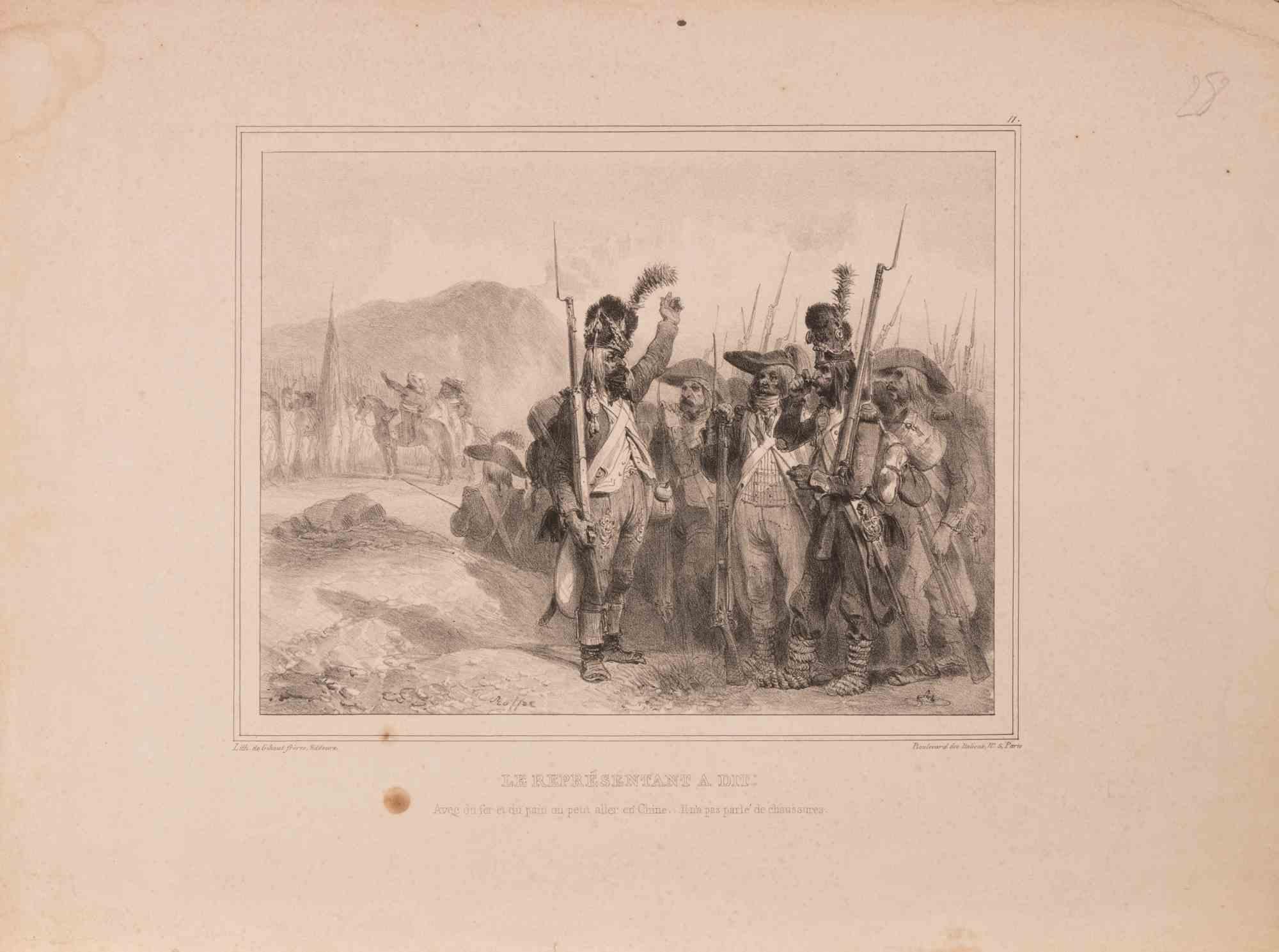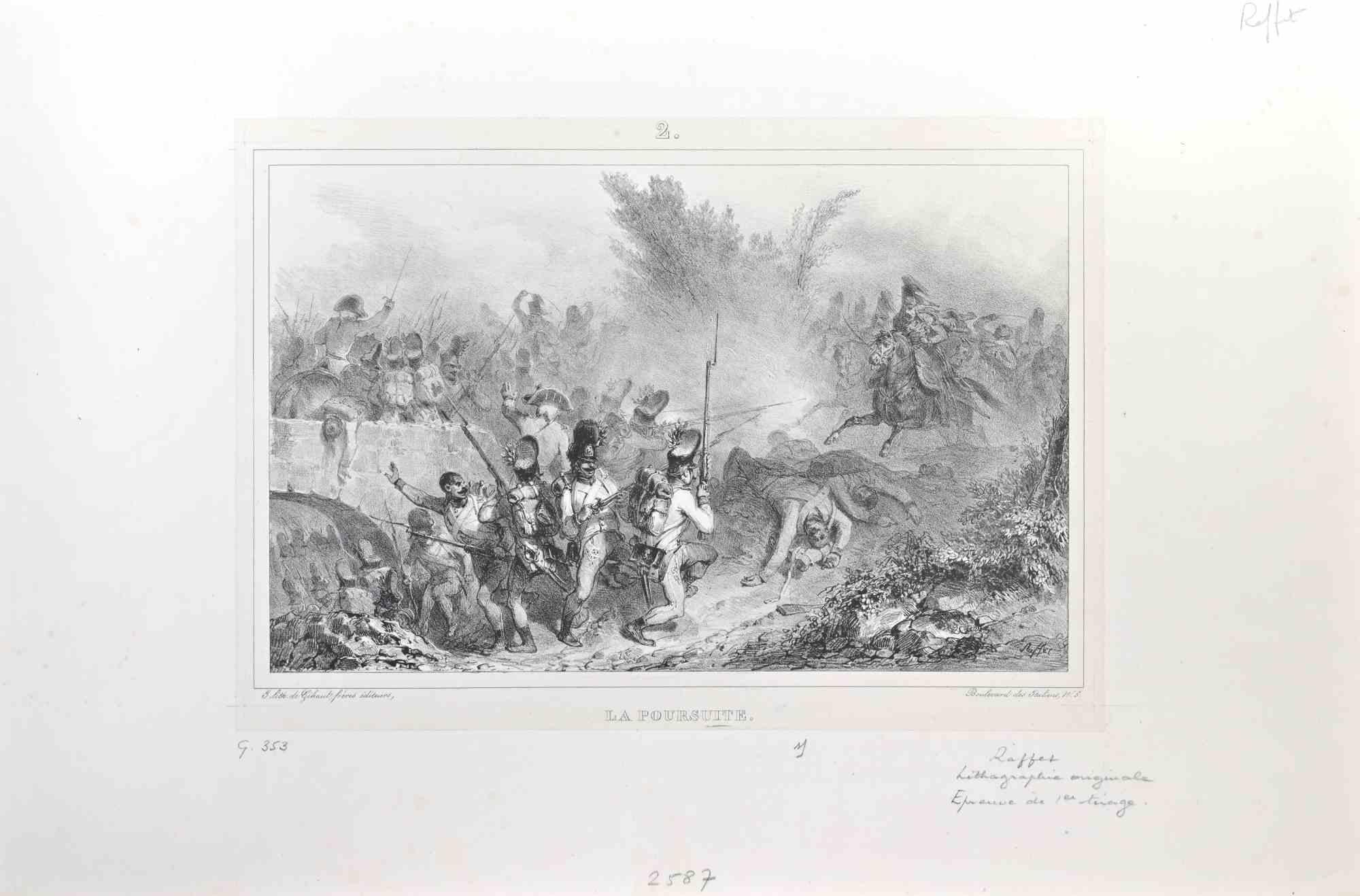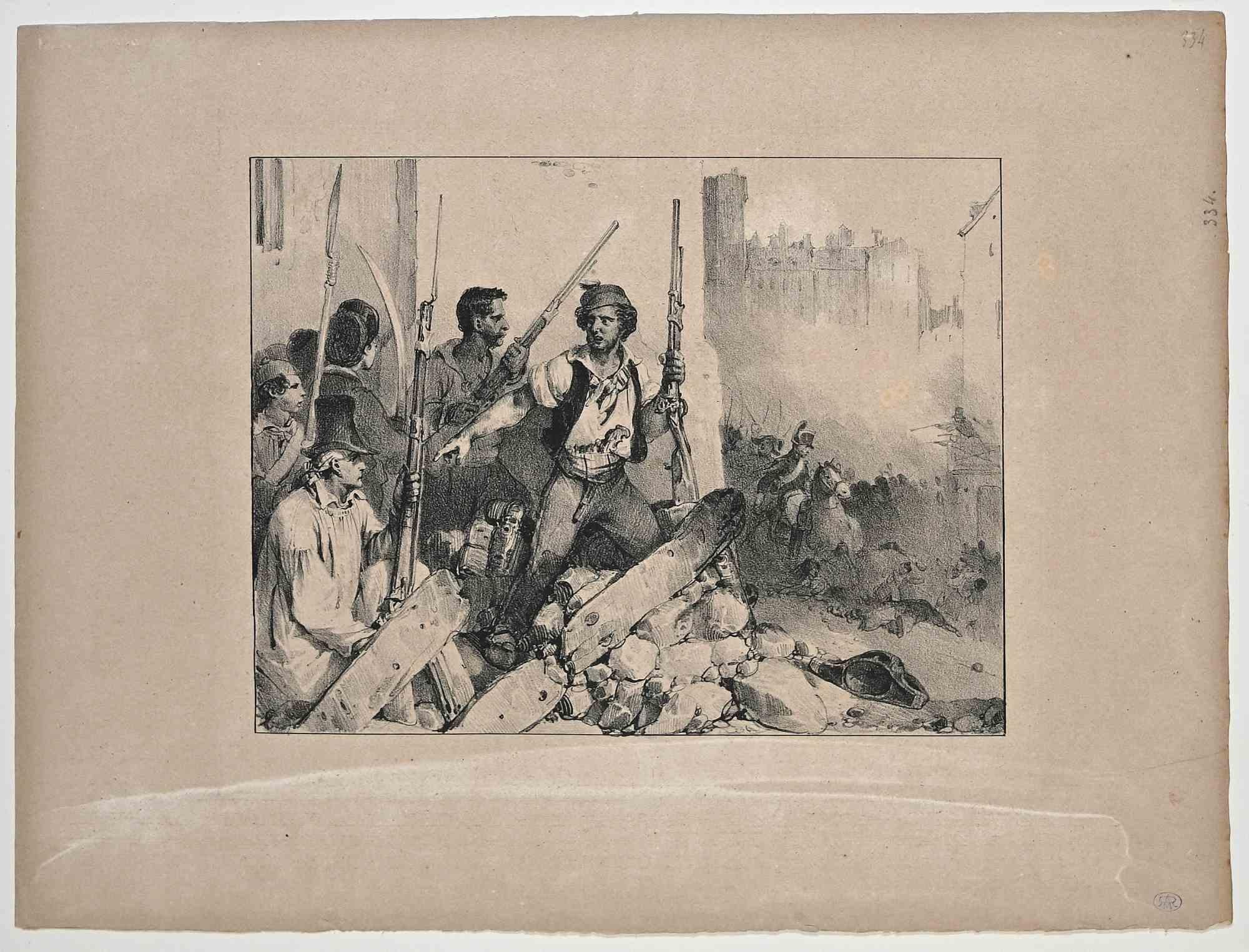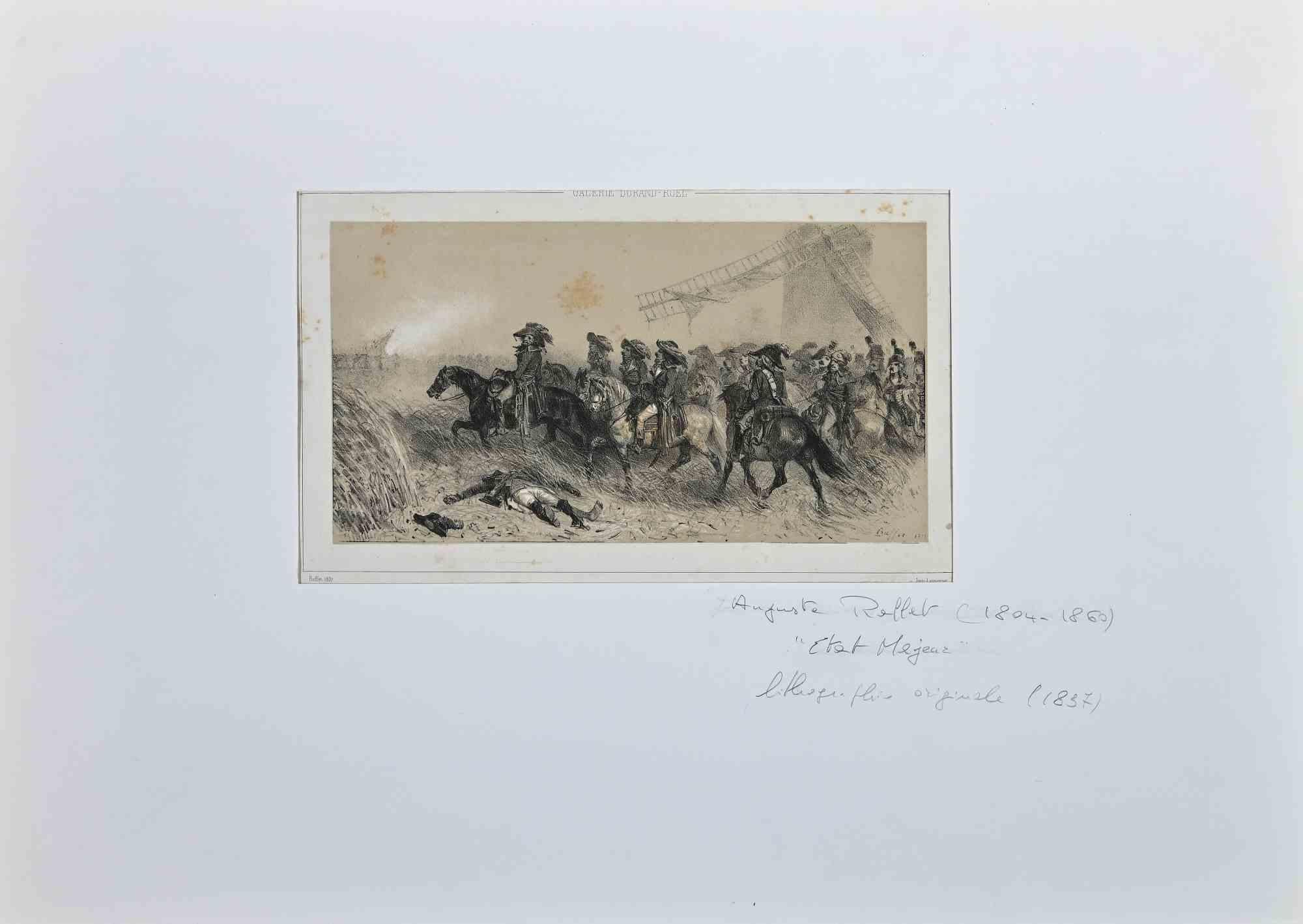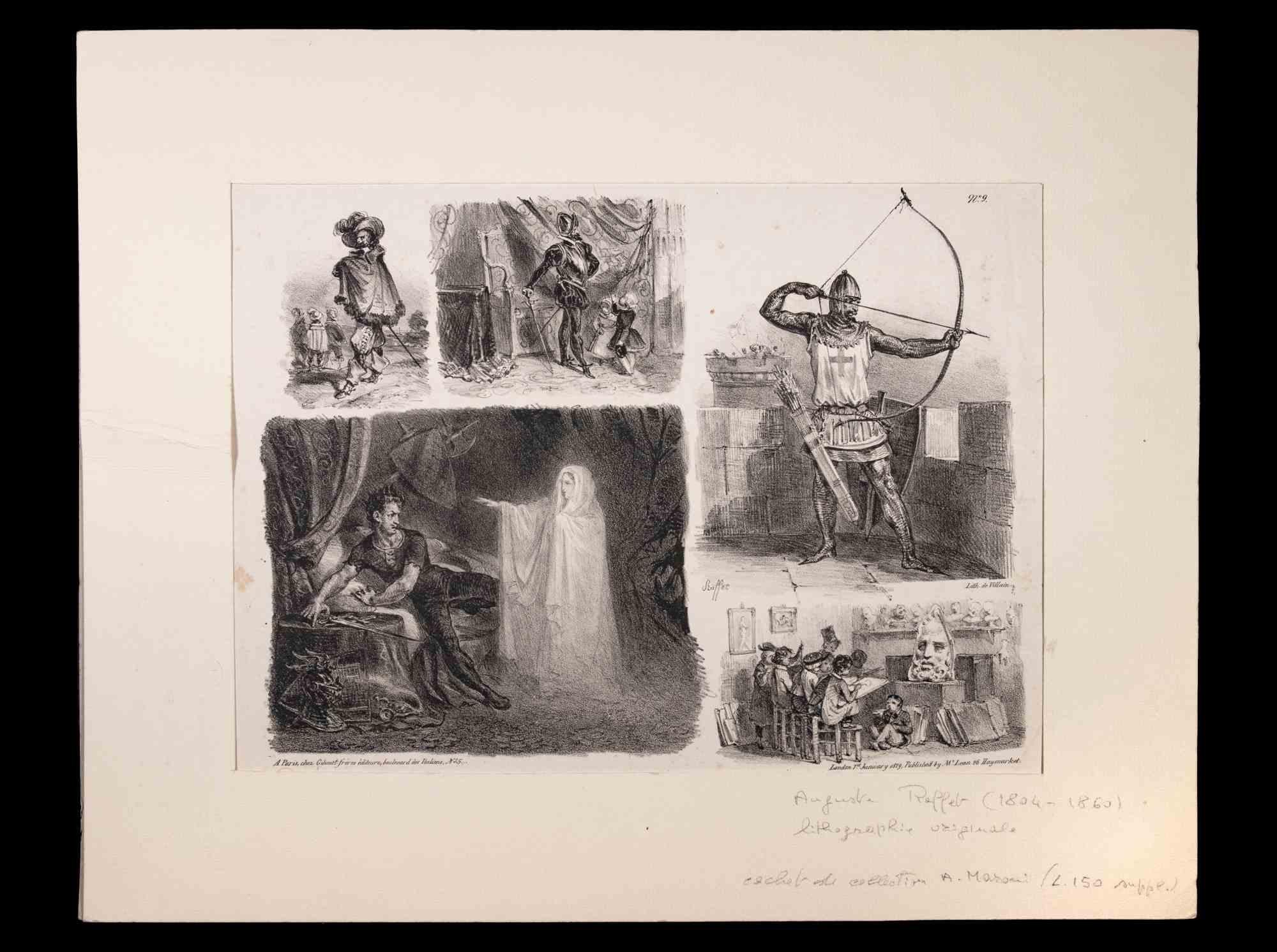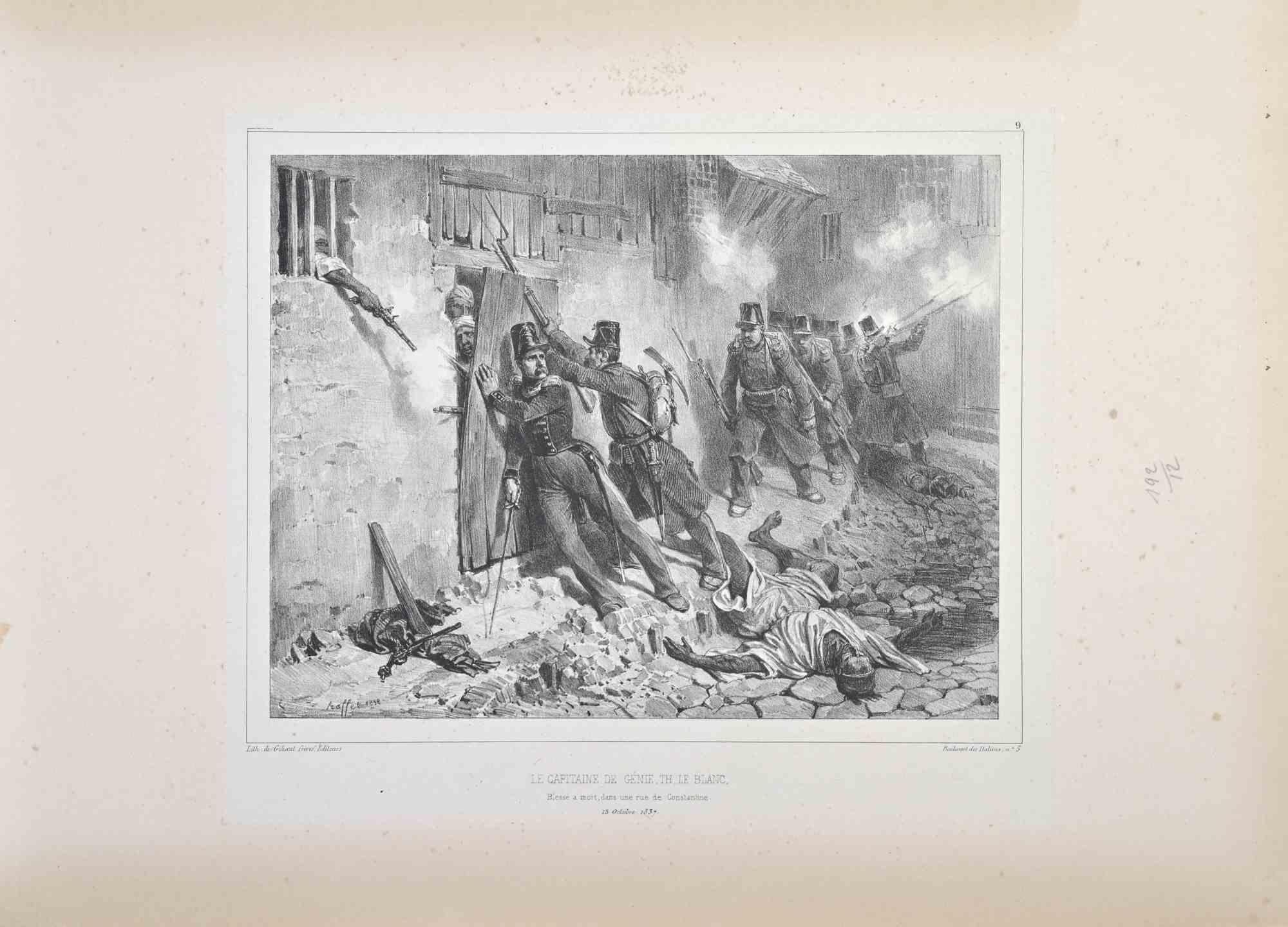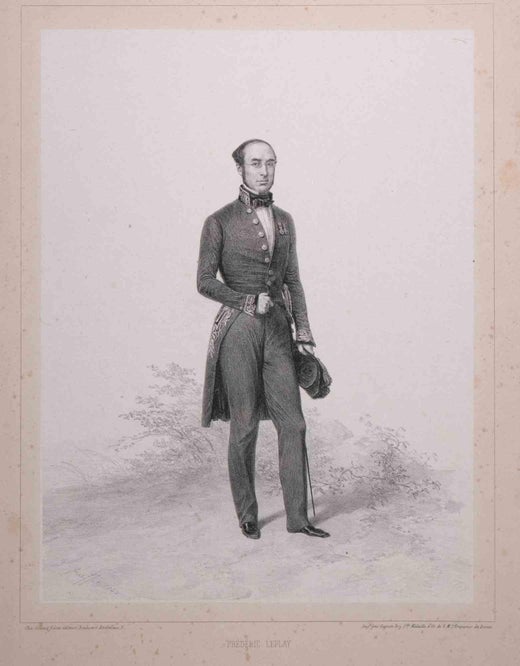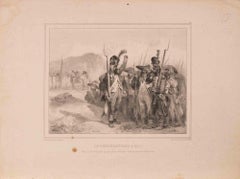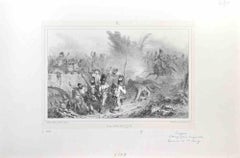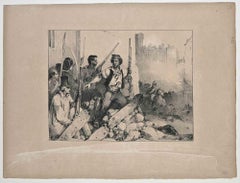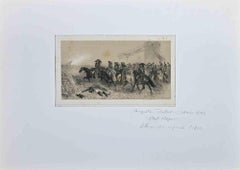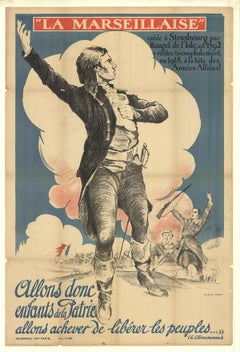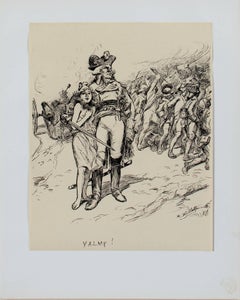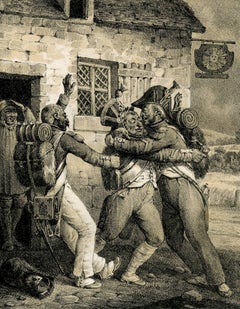Denis Auguste Marie RaffetLa Victoire - Denis Auguste Marie Raffet19th Century
19th Century
About the Item
- Creator:Denis Auguste Marie Raffet (1804 - 1860, French)
- Creation Year:19th Century
- Dimensions:Height: 8.86 in (22.5 cm)Width: 8.27 in (21 cm)Depth: 0.04 in (1 mm)
- More Editions & Sizes:22,5 x 21 cmPrice: $178
- Medium:
- Movement & Style:
- Period:
- Framing:Framing Options Available
- Condition:Insurance may be requested by customers as additional service, contact us for more information.
- Gallery Location:Roma, IT
- Reference Number:Seller: T-1307361stDibs: LU650313243682
Denis Auguste Marie Raffet
Denis Auguste Marie Raffet was a French illustrator and lithographer. He was a student of Nicolas Toussaint Charlet and was a retrospective painter of the Empire. At an early age, he was apprenticed to a woodturner but took up the study of art at evening classes. At the age of 18, he entered the workshop of Cabanel, where he applied his skill to the decoration of China and where he met Rudor from whom he received instruction in lithography, in the practice of which he was to rise to fame. He then entered the École Nationale Supérieure des Beaux-Arts but returned to lithography in 1830 when he produced on stone his famous designs of Lützen, Waterloo, Le bal, La revue and Les adieux de la garrison, by which his reputation became immediately established. Raffet's chief works were his lithographs of the Napoleonic campaigns, from Egypt to Waterloo, vigorous designs inspired by ardent patriotic enthusiasm. In this endeavor, he was a contemporary of other French artist-lithographers of Napoleon and the French army, including Joseph Louis Hippolyte Bellangé, Émile Jean-Horace Vernet and Nicolas Toussaint Charlet. As an illustrator, his activity was prodigious. The list of works illustrated by his crayon amounting to about 45, among which are Béranger's poems, The History of the French Revolution by Louis Adolphe Thiers, the Histoire de Napoléon by Jacques Marquet De Norvins, the novel of Walter Scott by Auguste Jean-Baptiste Defauconpret, Plutarch’s work in French and Frédéric Bérat's songs. He went to Rome in 1849 and was present at the siege of Rome, which he made the subject of some lithographs, and followed the Italian campaign of 1859, of which he left a record in his Episodes de la Campagne d'Italie in1859. His portraits in pencil and watercolor are full of character. He died at Genoa in 1860. In 1893, a monument by Emmanuel Frémiet was unveiled in the Jardin de l'Infante at the Louvre, Paris. The statue was removed and melted down during the Nazi occupation of Paris.
- ShippingRetrieving quote...Shipping from: Monaco, Monaco
- Return Policy
More From This Seller
View All1830s Modern Figurative Prints
Lithograph
1830s Modern Figurative Prints
Lithograph
Early 19th Century Modern Figurative Prints
Lithograph
1830s Modern Figurative Prints
Lithograph
1820s Modern Figurative Prints
Lithograph
1830s Modern Figurative Prints
Lithograph
You May Also Like
21st Century and Contemporary Modern Prints and Multiples
Lithograph
1890s Academic Figurative Prints
Black and White
1960s Modern Figurative Prints
Lithograph
1820s Romantic Prints and Multiples
Lithograph
1960s Modern Figurative Prints
Lithograph
1940s Modern Landscape Prints
Etching
